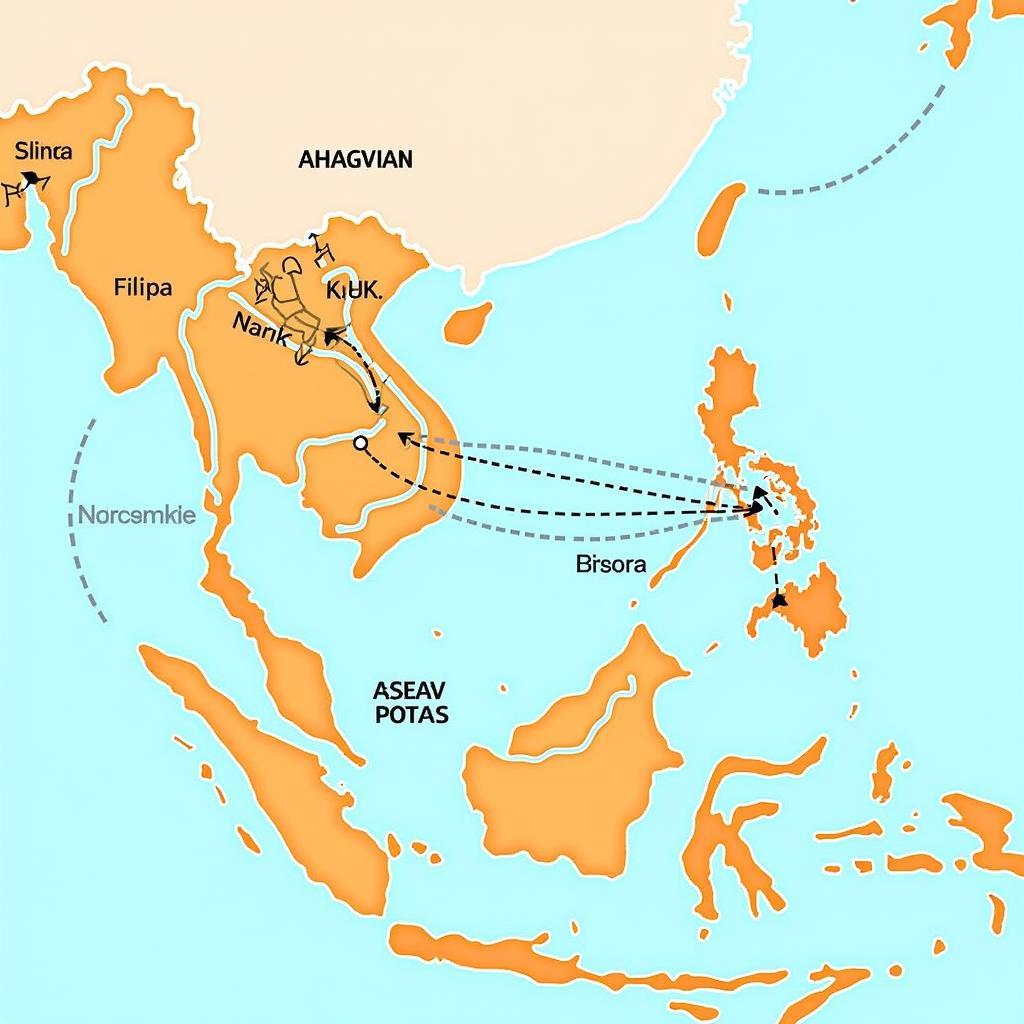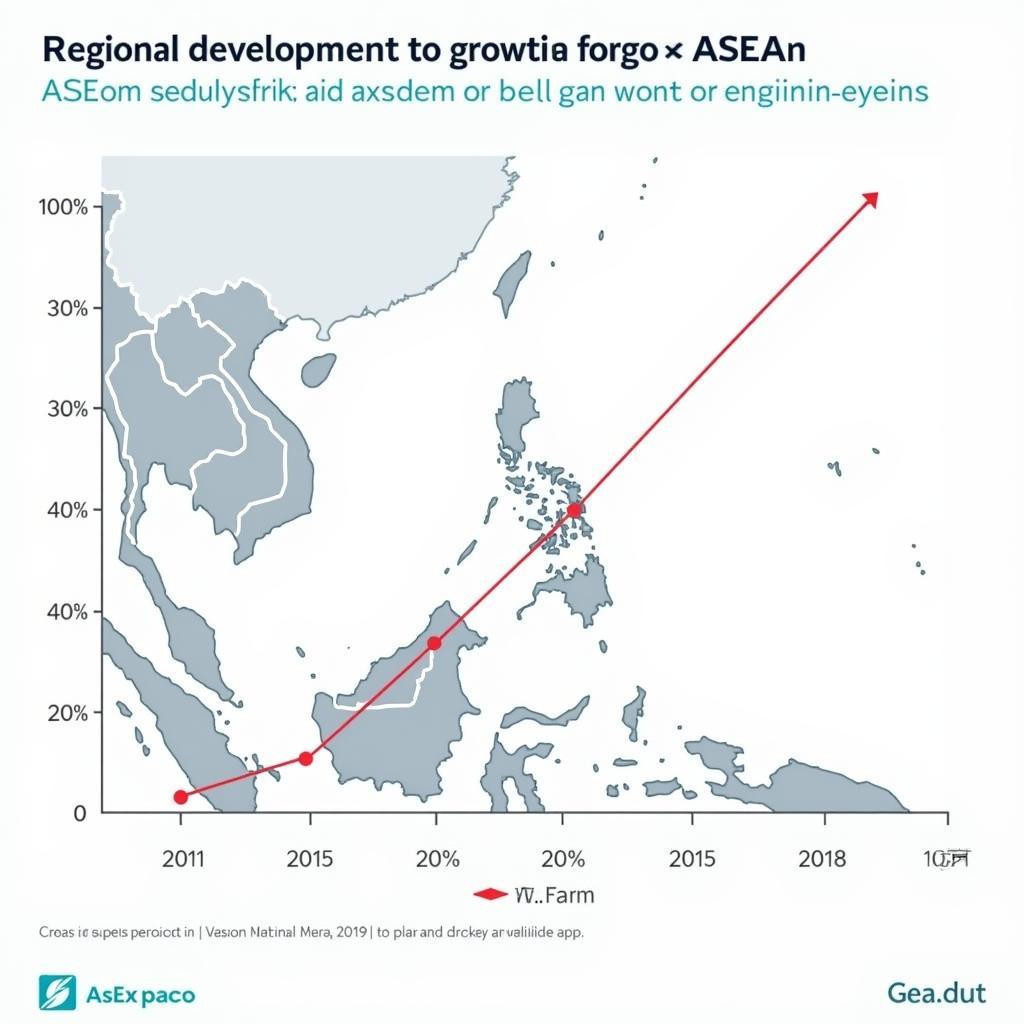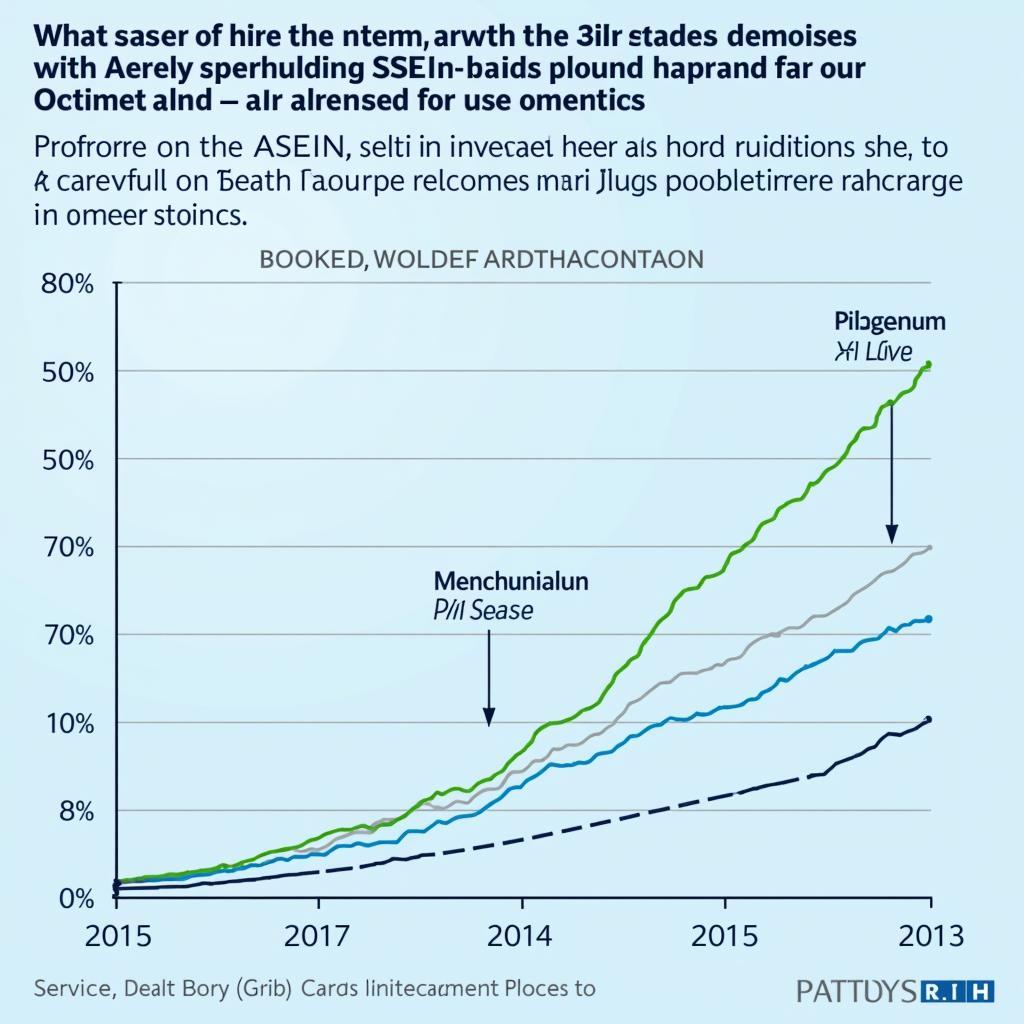ASEAN-oriented research focuses attention on the unit as a whole, shifting away from individual nation-state perspectives and exploring regional dynamics, integration processes, and shared challenges. This approach is crucial for understanding the complexities of Southeast Asia and fostering collaboration within the region. It moves beyond simply aggregating national data and seeks to understand how ASEAN functions as a collective entity.
Understanding the Need for ASEAN-Centric Research
Why is it important to adopt an ASEAN-centric lens? Traditional research often examines Southeast Asian countries individually, overlooking the interconnectedness fostered by ASEAN. ASEAN-oriented research, however, acknowledges the increasing integration and interdependence within the region, providing a more holistic and nuanced understanding of its political, economic, and socio-cultural landscape. This approach recognizes the unique challenges and opportunities that arise from regional cooperation and competition.
The Benefits of a Regional Perspective
Focusing on ASEAN as a whole allows researchers to:
- Analyze regional trends and patterns: By looking at the bigger picture, researchers can identify overarching trends that affect the region as a whole, like economic growth patterns, migration flows, and environmental challenges.
- Understand the impact of ASEAN policies and initiatives: An ASEAN-centric lens allows for a deeper examination of how regional policies and initiatives influence member states and shape the regional landscape.
- Facilitate comparative analysis: Comparing policies, institutions, and outcomes across ASEAN member states provides insights into best practices and areas for improvement within the region.
- Promote regional cooperation and integration: By highlighting shared challenges and opportunities, ASEAN-oriented research can contribute to strengthening regional ties and promoting collaborative solutions.
 ASEAN Regional Integration Map
ASEAN Regional Integration Map
Key Areas of ASEAN-Oriented Research
Several key areas benefit from an ASEAN-oriented research approach. These include:
Economic Integration and Trade
ASEAN-oriented research can analyze the progress, challenges, and implications of the ASEAN Economic Community (AEC), exploring issues like trade liberalization, investment flows, and regional value chains. This approach considers how individual national economies interact within the broader ASEAN framework.
Political and Security Cooperation
This area of research examines the effectiveness of ASEAN’s mechanisms for conflict resolution, security cooperation, and regional stability. It considers the role of ASEAN in addressing shared security concerns such as transnational crime, maritime disputes, and terrorism.
Socio-Cultural Dynamics and Identity
ASEAN-oriented research explores the diverse cultural landscape of Southeast Asia, investigating issues of identity, cultural exchange, and the impact of regionalization on social dynamics.
 ASEAN Economic Growth Chart
ASEAN Economic Growth Chart
Environmental Sustainability and Climate Change
Given the shared environmental challenges faced by ASEAN countries, research focusing on regional cooperation in environmental management, disaster risk reduction, and climate change adaptation is vital.
Challenges and Opportunities in ASEAN-Oriented Research
While the benefits of ASEAN-oriented research are significant, several challenges remain:
- Data availability and comparability: Consistent and comparable data across ASEAN member states can be difficult to obtain, hindering comprehensive regional analysis.
- Methodological complexities: Analyzing ASEAN as a whole requires innovative methodologies that can account for the diversity and complexity of the region.
- Interdisciplinary collaboration: Effective ASEAN-oriented research often demands collaboration across disciplines, requiring researchers to bridge disciplinary divides.
Despite these challenges, opportunities abound for advancing ASEAN-oriented research. The growing body of ASEAN-related data, the development of new research methodologies, and increasing interest in regional studies create a fertile ground for impactful scholarship.
Conclusion
ASEAN-oriented research focuses attention on the unit as a whole, offering valuable insights into the complex dynamics of the region. By embracing this approach, researchers can contribute to a deeper understanding of Southeast Asia, fostering greater regional cooperation and addressing shared challenges.
FAQs
- What is the main difference between country-specific and ASEAN-oriented research?
- How can ASEAN-oriented research contribute to policymaking?
- What are some examples of successful ASEAN-oriented research projects?
- What are the main data sources for ASEAN-oriented research?
- How can researchers overcome the challenges of data comparability in ASEAN studies?
- What are the future directions for ASEAN-oriented research?
- How does ASEAN-oriented research address the diversity within the region?
Common Scenarios
- Researchers examining the impact of the AEC on regional trade flows.
- Policy analysts evaluating the effectiveness of ASEAN’s disaster management mechanisms.
- Scholars investigating the evolving cultural landscape of Southeast Asia.
Further Exploration
Explore related articles on our website about ASEAN economic integration, political security, and socio-cultural dynamics.
Contact Us
For assistance, contact Phone Number: 0369020373, Email: aseanmediadirectory@gmail.com or visit us at: Thôn Ngọc Liễn, Hiệp Hòa, Bắc Giang, Việt Nam. Our customer service team is available 24/7.

